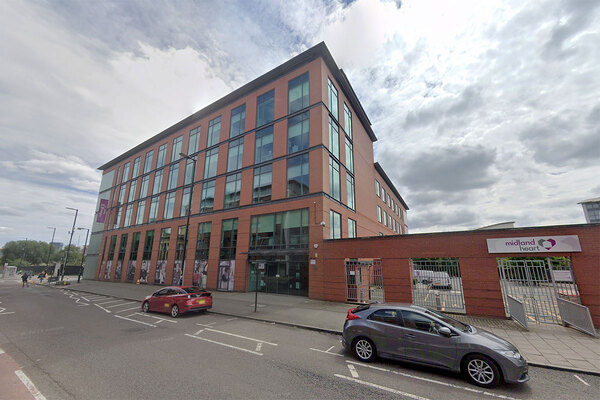You are viewing 1 of your 1 free articles
One in every 215 Welsh households now in temporary accommodation, report finds
A shortfall in social housing has led to one in every 215 Welsh households living in temporary accommodation, according to a new report.

Thinktank the Bevan Foundation said the number of households living in temporary accommodation in Wales increased by 18% during 2023-24.
More than 3,000 children – nearly six in every 1,000 – now lives in temporary accommodation, the report said.
While 150,000 homes have been sold off or demolished since 1981, the rate of delivery of new social homes has not kept pace with rising demand, according to the report.
One home was lost from the housing stock for every 20 that have been added over the past three years, it said.
“The number of new social homes estimated to have been delivered in 2023-24 would provide accommodation for less than one in three of the households living in temporary accommodation,” the report said.
Wendy Dearden, senior policy and research officer at the Bevan Foundation, said: “Increasing the supply of social housing is the answer to finding a permanent home, but there are simply not enough homes being built.
“The Welsh government must pull out all the stops to build 20,000 new social homes by 2026 and get ready to build even more after that.”
The Welsh government has set a target of delivering 20,000 affordable homes by March 2026.
However, by the end of 2023-24, only 9,197 will have been delivered.
Stuart Fitzgerald, deputy director of the Welsh government’s homes and places team, recently acknowledged that
additional budget would be needed to meet the target, while a report from Audit Wales predicted that the Welsh government would miss the target “without significant additional spending”.
The Bevan Foundation called on the Welsh government to focus on finding solutions to getting land “in the right place at the right price”, securing planning permission, financing high-quality builds and attracting skilled workers.
“Someone waiting for a house today would be waiting three or four years to get a key if we were just starting to work on a scheme,” said one local authority officer, speaking anonymously to the Bevan Foundation.
“We could be working up a scheme for a good number of years before we’re even able to put a spade in the ground.”
The report suggested a focus on unlocking developments on public sector land and socially owned land such as churches, which “could support delivery as they come to the end of their working lives”.
A housing association director told the Bevan Foundation: “We know that we need more homes now, but the convergence of different policies – improved energy performance, sustainable drainage systems, net gain biodiversity and reducing greenhouse gas emissions – and the pressures they place on a potential scheme mean that it can often take years between inception and a start on site.”
A Welsh government spokesperson said: “Tackling homelessness and delivering more homes is a key priority for this government and we have set a challenging target and allocated record levels of funding this Senedd term, with more than £1.4bn invested so far.
“The increase in people being supported with temporary accommodation reflects the ongoing pressures within the system and the effects of the cost of living crisis on individuals and households.”
“Despite the challenges, we continue to take a ‘no one left out’ approach in Wales and, this year alone, are investing almost £220m in homelessness prevention and housing support to help reduce the flow of people needing temporary accommodation,” they added.
The Welsh government is currently working on pushing forward plans for legislative reform around homelessness, which would prioritise rapid rehousing in settled rather than temporary accommodation.
Inside Housing has contacted the Welsh government for comment.
Sign up for our Wales newsletter
New to Inside Housing? Click here to register and receive our Wales round-up straight to your inbox
Already have an account? Click here to manage your newsletters











